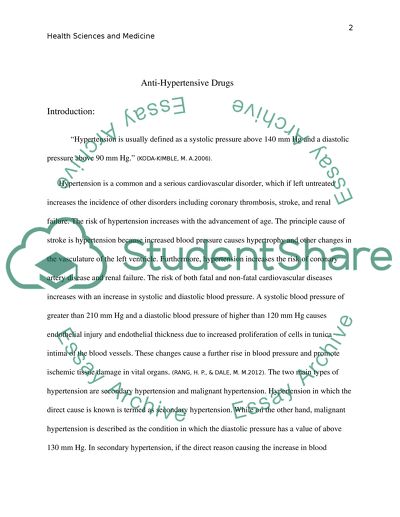Cite this document
(“Anti-hypertensive drugs Essay Example | Topics and Well Written Essays - 3500 words”, n.d.)
Retrieved de https://studentshare.org/health-sciences-medicine/1392141-clinical-pharmacology
Retrieved de https://studentshare.org/health-sciences-medicine/1392141-clinical-pharmacology
(Anti-Hypertensive Drugs Essay Example | Topics and Well Written Essays - 3500 Words)
https://studentshare.org/health-sciences-medicine/1392141-clinical-pharmacology.
https://studentshare.org/health-sciences-medicine/1392141-clinical-pharmacology.
“Anti-Hypertensive Drugs Essay Example | Topics and Well Written Essays - 3500 Words”, n.d. https://studentshare.org/health-sciences-medicine/1392141-clinical-pharmacology.


